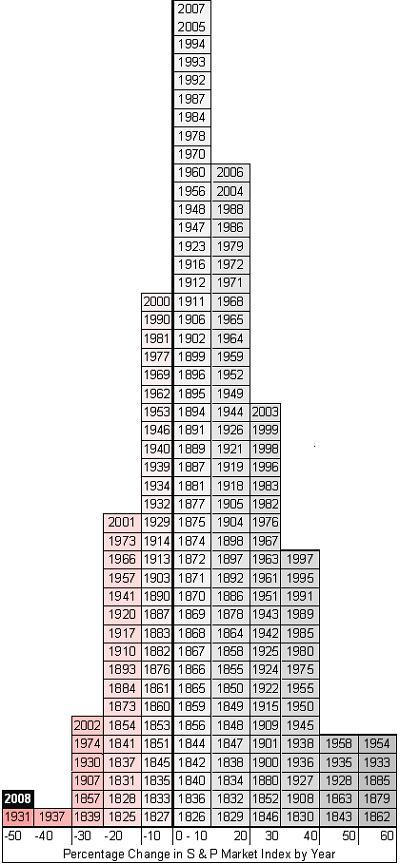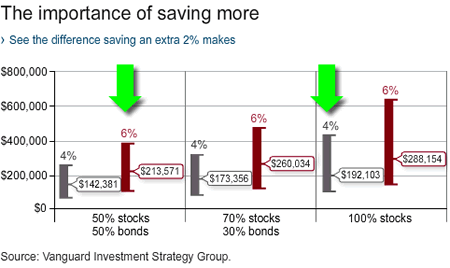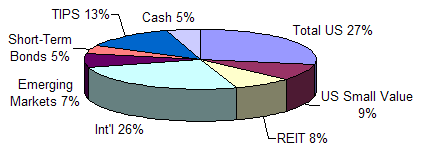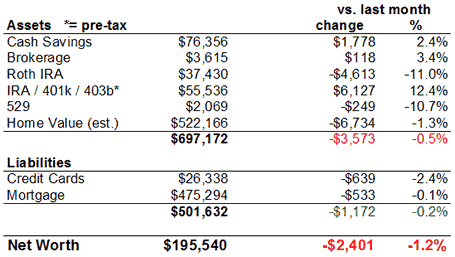To start off the week, here is a short video with one simple time-management tip:
I think the actual quote by William James should be “Nothing is so fatiguing as the eternal hanging on of an uncompleted task”. Either way, I find it very true. Found the video via this post at the Early Retirement Forums.
 PineCone Research remains one of the better paying and reliable survey companies, with a payout of $3 for each 15-20 minute survey. The hardest part is getting accepted, as they only accept applications intermittently.
PineCone Research remains one of the better paying and reliable survey companies, with a payout of $3 for each 15-20 minute survey. The hardest part is getting accepted, as they only accept applications intermittently.









 The Best Credit Card Bonus Offers – March 2024
The Best Credit Card Bonus Offers – March 2024 Big List of Free Stocks from Brokerage Apps
Big List of Free Stocks from Brokerage Apps Best Interest Rates on Cash - March 2024
Best Interest Rates on Cash - March 2024 Free Credit Scores x 3 + Free Credit Monitoring
Free Credit Scores x 3 + Free Credit Monitoring Best No Fee 0% APR Balance Transfer Offers
Best No Fee 0% APR Balance Transfer Offers Little-Known Cellular Data Plans That Can Save Big Money
Little-Known Cellular Data Plans That Can Save Big Money How To Haggle Your Cable or Direct TV Bill
How To Haggle Your Cable or Direct TV Bill Big List of Free Consumer Data Reports (Credit, Rent, Work)
Big List of Free Consumer Data Reports (Credit, Rent, Work)